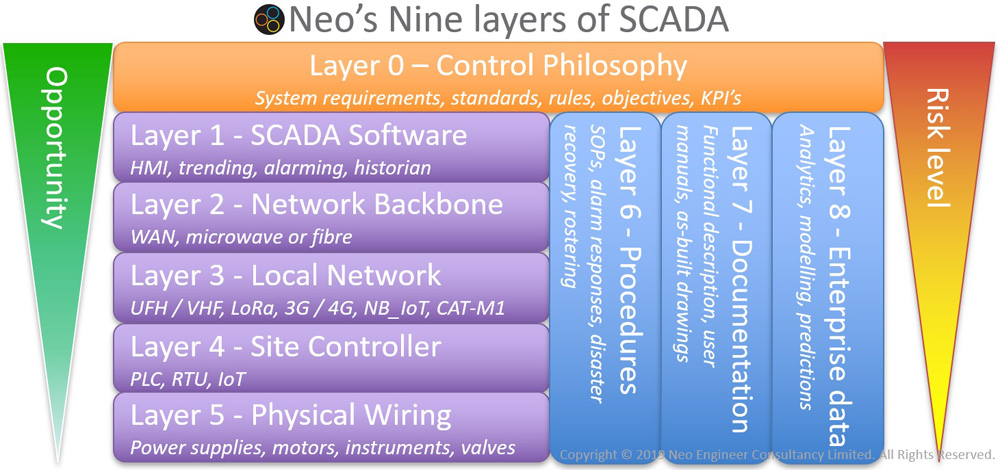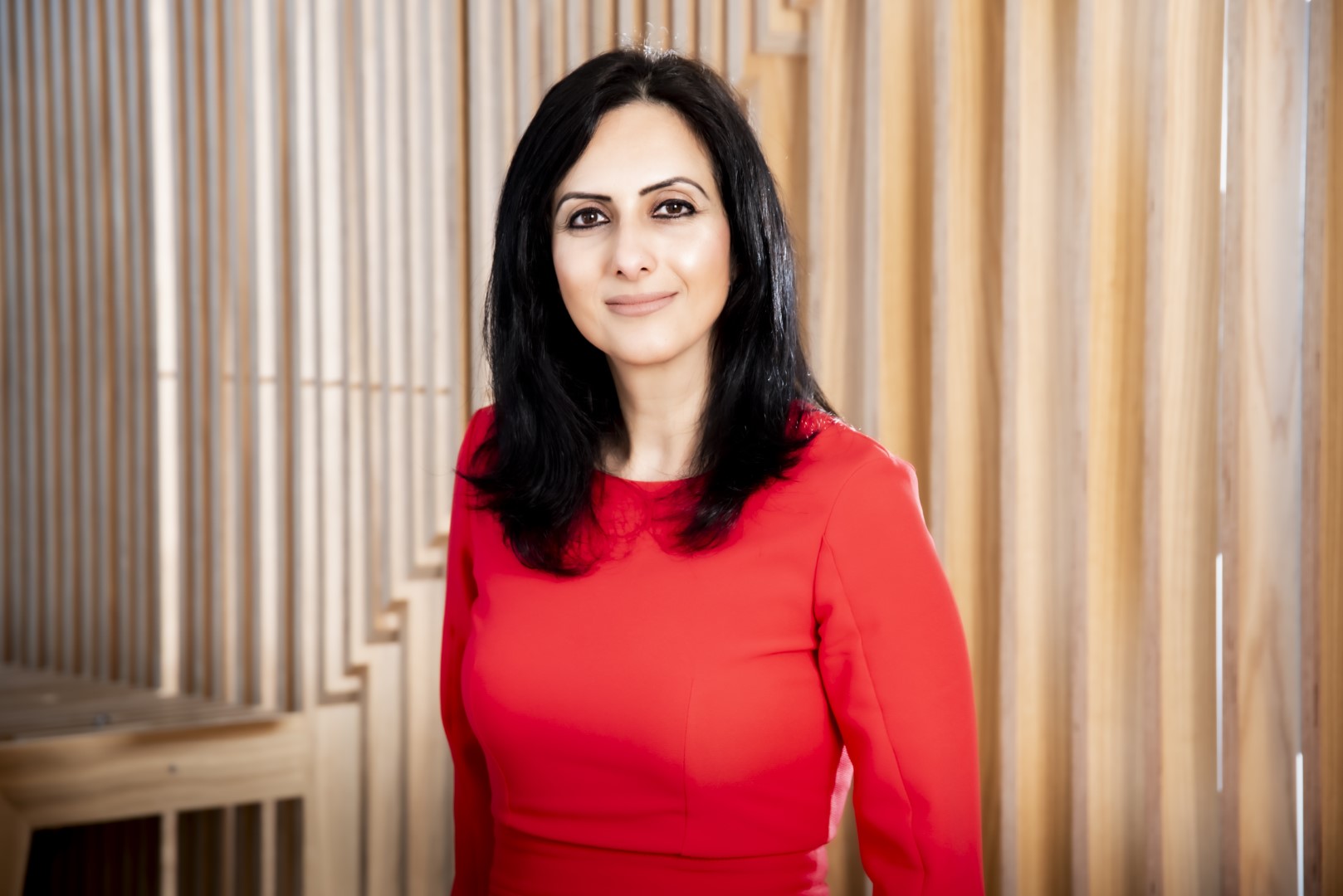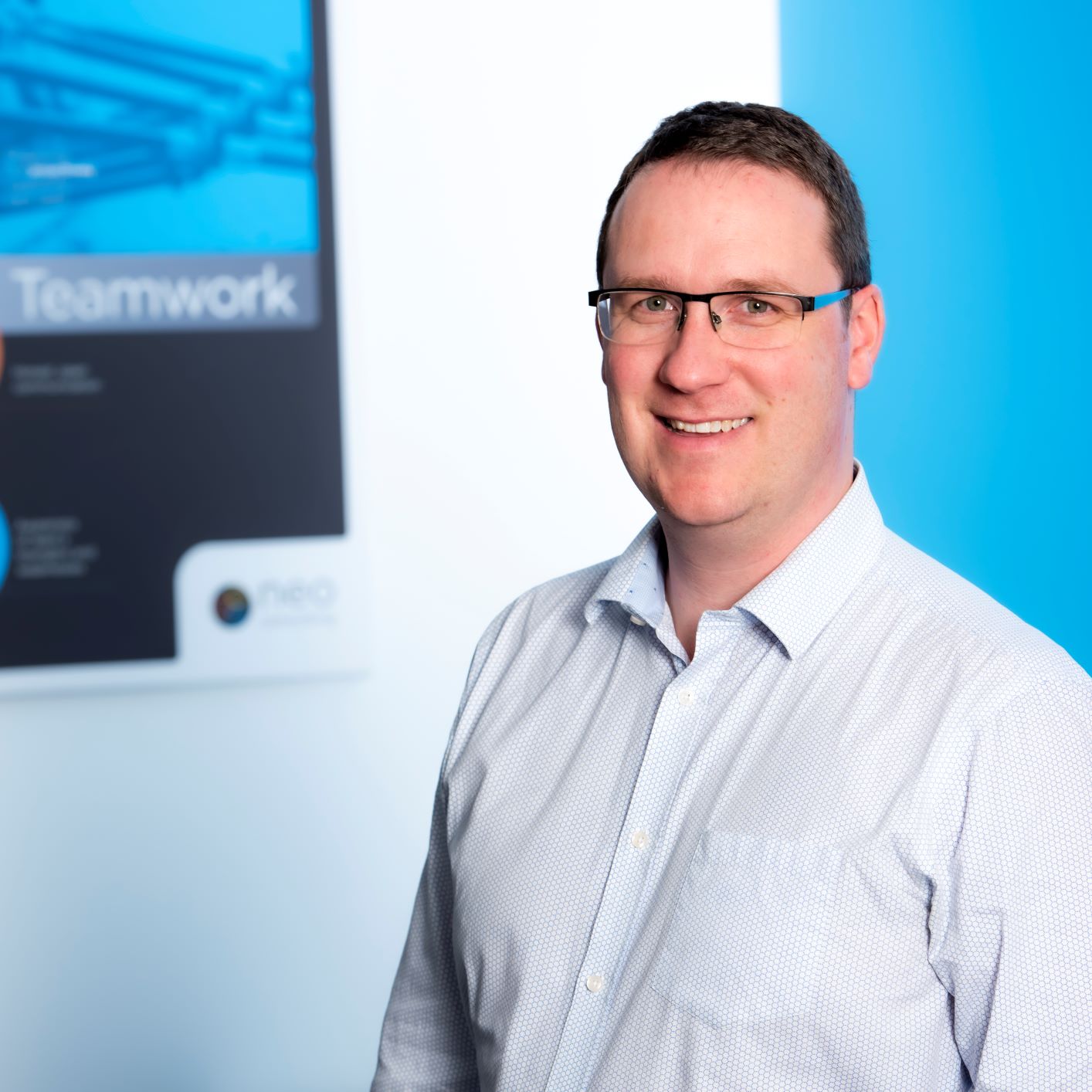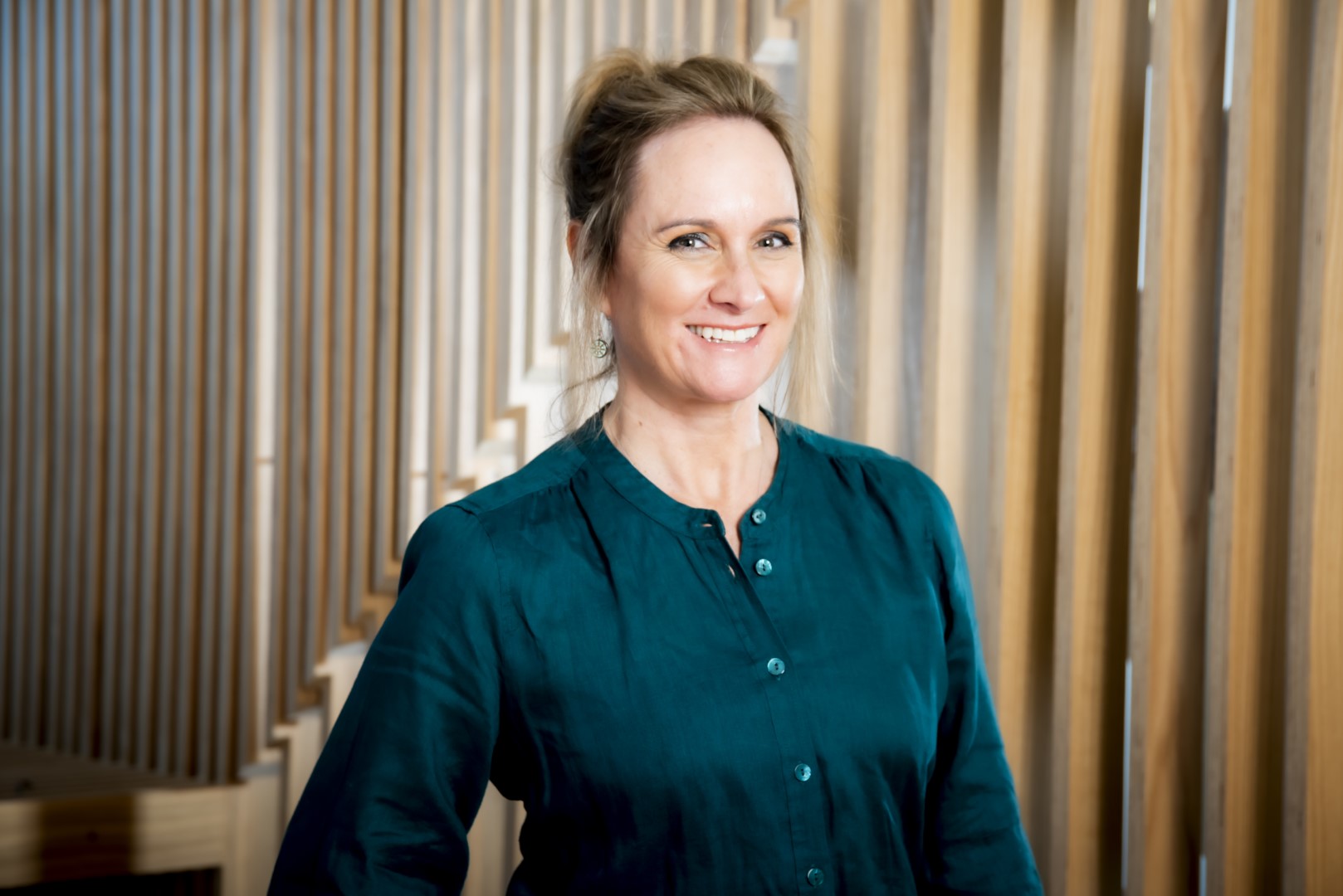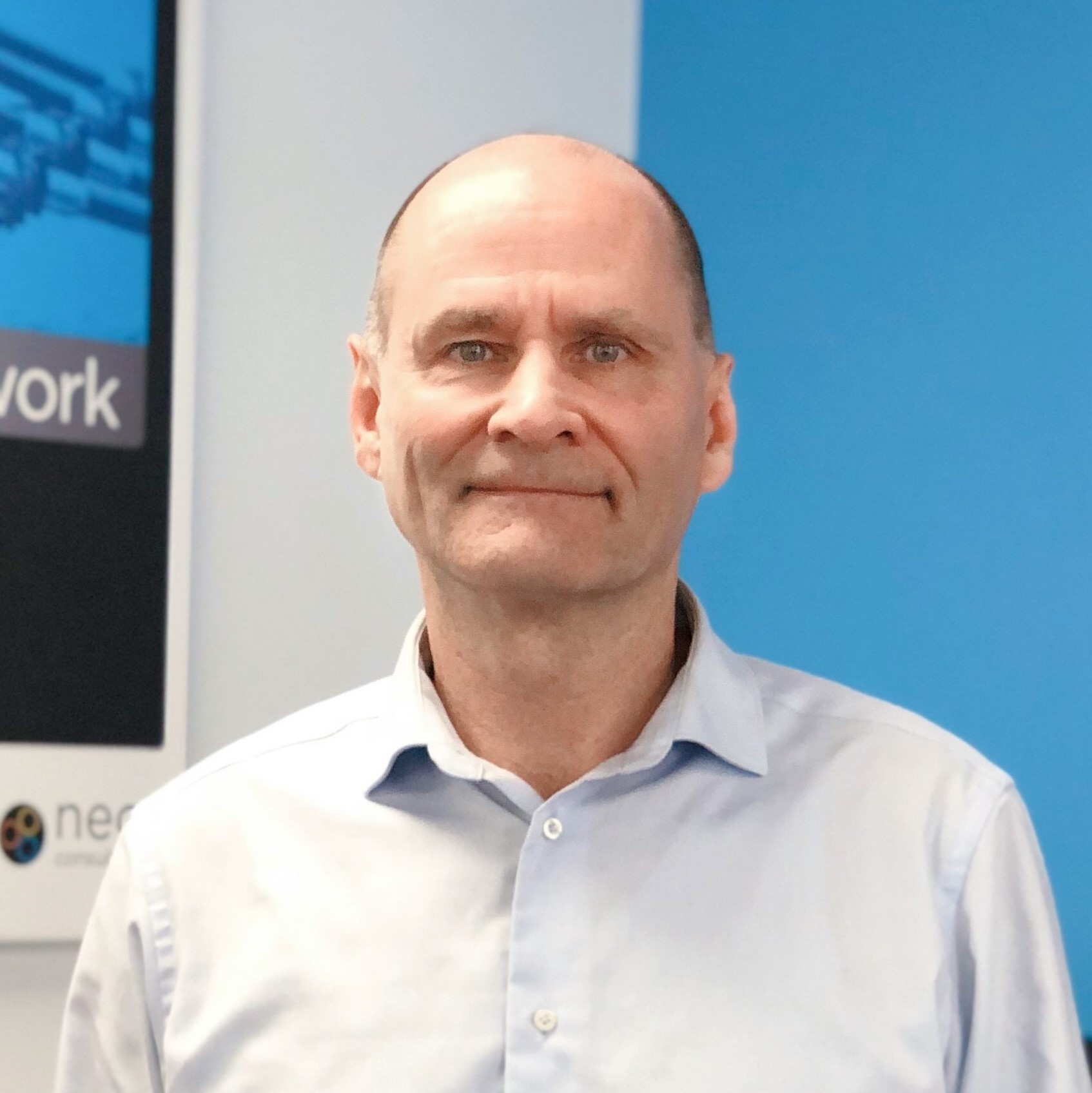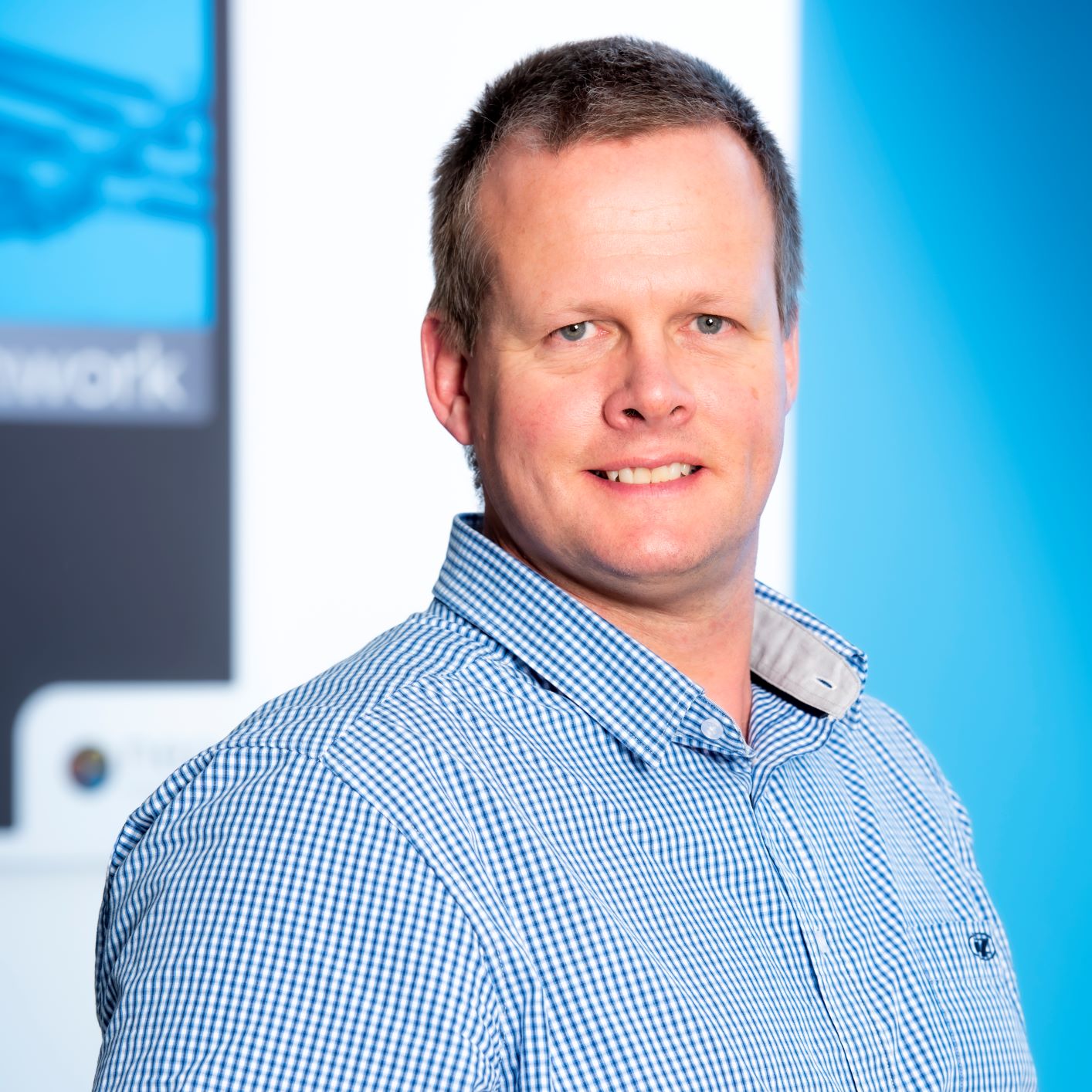Through Neo’s many years of undertaking SCADA upgrade and replacement projects there has been one consistent theme which plagues clients when they commence the process. That is defining what’s in a SCADA?
We have found the term SCADA can be used too casually to describe the entire monitoring system, from field sensor to alarm text message. This can cause misunderstandings within an organisation when a failure occurs (as the failure reported is often simplified to “the SCADA failed”). This means operations or maintenance staff may spend too much time looking at the wrong part of the system due to their own interpretation of what SCADA means.
As a result, to help clients better visualise the entire system, we have created a nine layered model to describe all the components which make up a SCADA system (shown above). All of the layers must be functioning together for the system to work. The model also reveals a natural hierarchical structure, where each layer relies on the layers below for it to operate correctly.
Breaking any SCADA system into these layers allows both technical and non-technical people to visualise the system and understand how all parts interrelate. Using these layers also makes undertaking the process of upgrading a SCADA system more manageable. Each layer can be managed as a separate project undertaken independently of the others. This allows clients to manage the costs of any upgrades over a number of financial years.
Existing operational systems are not simple to upgrade as the existing system needs to be kept running whilst the upgrades are implemented. The purist bottom-up style of design and implementation approach, or simply tackling issues as they arise, is inefficient for such a multi-layered system. This is because there is a high risk that decisions made on standards and selecting equipment at the bottom layers may have to be revisited once the requirements of the higher layers have been determined.
To ensure a holistic approach is adopted that minimises rework, we recommend undertaking a top down approach by first undertaking Layer 0 (Control Philosophy). This layer defines how the system needs to perform in terms of objectives, monitoring resolution, data volumes, communication bandwidths, redundancy levels and response rates. By starting at the top you eliminate the need to manage or alter the layers below as implementation evolves. Our experience has found that starting at the top will quickly highlight issues and deficiencies with the layers below. These can then be noted as a requirement and addressed at each subsequent layer upgrade.
By spending the time to ensure your higher layers are defined and implemented correctly, we have found that it provides a great opportunity for clients to better utilise their data, assets and people. However, these higher layers also provide the greatest risk to a client should they be implemented incorrectly or not maintained. These layers control the storage and flow of compliance data and alarming and therefore any error at this level is magnified.
We hope this model has provided you with a simple yet robust way to visualise your SCADA. If you would like to talk further on how we can assist you in defining your Layers and upgrade paths please get in touch.
Richie Murray
Principal Engineer
d: +64 9 365 9734 | t: +64 9 365 9720 | m: +64 27 501 0499 | e: richie.murray@neo.co.nz


